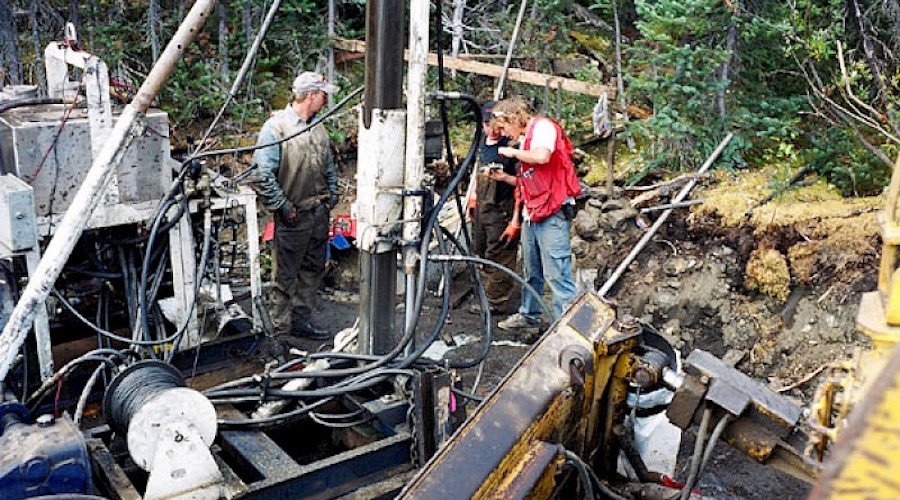Giga Metals may produce mixed hydroxide precipitate for Li-ion batteries

“MHP is quickly establishing itself as the intermediate of choice by the battery industry in the manufacturing of metal salts (NiSO4 and CoSO4) and is being pursued to directly produce precursors and cathode active materials,” Martin Vydra, the firm’s president, said in a media statement. “We know from previous testwork and engineering that Turnagain concentrate is amenable to processing into high-quality MHP.”
Current annual global supply capacity is estimated at 125,000 tonnes of Ni contained in MHP
Vydra pointed out that MHP is produced globally at four commercial facilities: The Ramu nickel and cobalt mine in Papua New Guinea, the Vale New Caledonia Goro operation, First Quantum Minerals’ Ravensthorpe nickel mine in Western Australia, and Meta Nickel’s Gordes facility in Turkey, all of which utilize high-pressure acid leaching of laterite ores. Their current annual global supply capacity is estimated at 125,000 tonnes of Ni contained in MHP.
According to the executive, six projects have been announced, five of which are in Indonesia, which are expected to bring MHP production capacity to 400,000 tonnes per year of contained Ni by 2025.
“This would rival the market of Class I briquettes, powder and oxides, which are currently the major source of raw material for battery grade NiSO4 production, and implies a compound annual growth rate (CAGR) of 33% in MHP production compared to estimated CAGR of 4% for nickel and 8% for cobalt,” Vydra said, citing a McKinsey study.
For Giga Metals’ president, however, results from Turnagain’s 2020 PEA imply that the mine may also have the ability to join the roster of MHP suppliers. He said that 17 historical tests indicated high extractions of nickel and cobalt (>97.5%) at both low and high-temperature pressure oxidation conditions and in both sulphate and chloride systems.
Further testwork, on the other hand, demonstrated the ability to process the resulting leach solutions to recover copper and produce high-quality MHP. Due to the quality of the solutions from a sulphide pressure oxidation compared to HPAL laterite leach liquors, the MHP produced was a higher-grade product with lower manganese content than currently commercially available.
“We understand that processing of MHP to produce precursors and cathode active materials (PCAM/CAM) directly, bypassing NiSO4 and CoSO4 production, is becoming a focus in an effort to reduce manufacturing steps in the lithium-ion battery supply chain and decrease costs,” Vydra said. “According to Benchmark Mineral Intelligence, MHP payables have been averaging over 87% for nickel and well above 75% for cobalt in 2021. We think that MHP is evolving into a liquid and transparent market that will continue to offer higher payables than smelters.”




